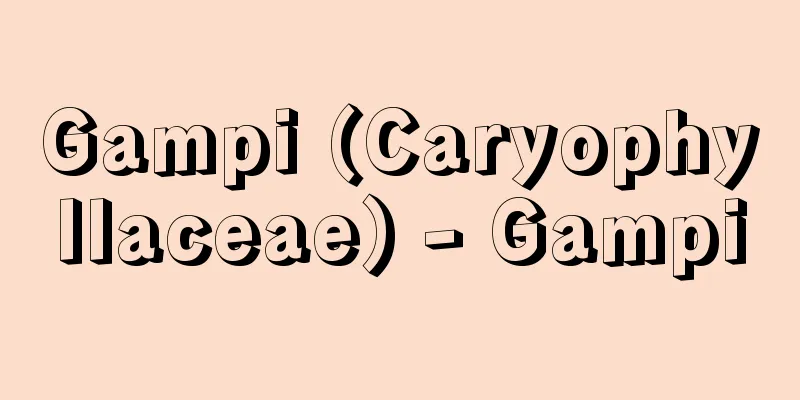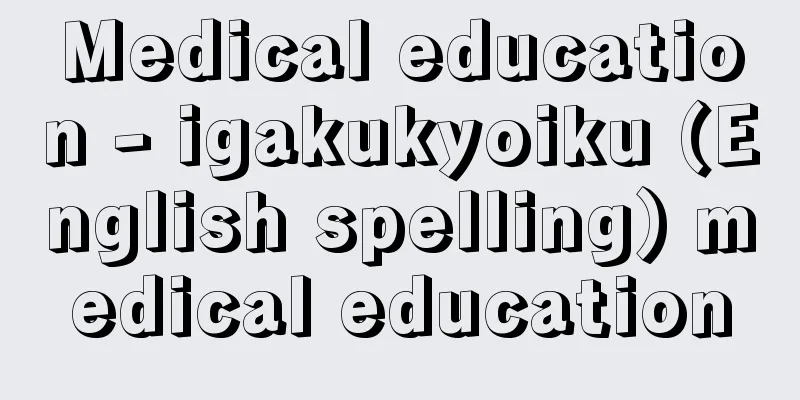Sacrifice - Photo

|
A practice of sacrificing one's body as an offering to the Buddha or his teachings, or of donating one's body to save other living beings. It is also called "self-immolation" or "self-immolation." In Buddhism, self-immolation is considered the most difficult part of bodhisattva training, and is strictly distinguished from suicide, which is forbidden. In the sutras, it is often explained as Jataka (a tale of the Buddha's original life). For example, there is the story of Shibiou, found in the "Kengukyo Sutra," who cut off some of his own flesh to save the life of a pigeon, and the story of Shashinretsu, a rakshasa in the Mahayana "Nirvana Sutra," who offered his body to a demon, an incarnation of Shakra, in order to learn the latter half of the line of the demon's chant, "Impermanence of all things, this is the law of birth and death." The Golden Light Sutra tells of the story of Prince Satta who threw himself at a starving tiger to seek the supreme nirvana, and the Lotus Sutra tells of the self-immolation of Bodhisattva Bhaisajyaguru who burned his own body as an offering to the Buddha and his relics. In China, as Lotus Sutra faith flourished, there were actual instances of self-immolation. In Japan, when Pure Land Buddhism became popular during the Kamakura period, self-immolation and drowning came to be practiced. [Fujii Noriaki] Source: Shogakukan Encyclopedia Nipponica About Encyclopedia Nipponica Information | Legend |
|
仏や仏の教えに対して身体をなげうって供養(くよう)したり、他の生き物を救うために自己の身を布施(ふせ)する修行。亡身(もうじん)、焼身(しょうしん)ともいう。仏教では、捨身は菩薩(ぼさつ)修行中のもっとも困難なものとされ、禁じられている自殺と厳密に区別されている。経典のなかではジャータカ(仏の本生譚(ほんじょうたん))として説かれていることが多い。たとえば『賢愚経(けんぐきょう)』などにみえる、鳩(はと)の命を救うためにわが身の肉を切り与えた尸毘王(しびおう)の物語や、大乗の『涅槃経(ねはんぎょう)』中の、帝釈(たいしゃく)の化身(けしん)である鬼が唱えた「諸行無常(しょぎょうむじょう)、是生滅法(ぜしょうめっぽう)」の後半の句を知るために、その鬼にわが身を与えた捨身羅刹(しゃしんらせつ)の物語などである。『金光明経(こんこうみょうきょう)』には薩埵(さった)太子が飢えたトラに身を投げ出して無上の涅槃を求めた捨身飼虎(しゃしんしこ)の話が、『法華経(ほけきょう)』には薬王(やくおう)菩薩が仏や舎利(しゃり)に対して自らの身体を焼いて供養した焼身供養が説かれているが、中国では法華(ほっけ)信仰の隆盛とともにこれにちなんで実際に焼身の例がみられた。また、わが国でも鎌倉時代に浄土信仰が盛んになると、焼身や入水(じゅすい)などが行われるに至った。 [藤井教公] 出典 小学館 日本大百科全書(ニッポニカ)日本大百科全書(ニッポニカ)について 情報 | 凡例 |
<<: Photo Gallery - Shashinkan
>>: Photo - shashin (English spelling) photograph
Recommend
Shipping broker - Kaiunbrookaa
…However, the only concrete market in which trans...
Solenogastres
…The dorsal surface of the body is covered with a...
Cholic Acid - Colesan
3α,7α,12α-trihydroxy-5β-cholanic acid. C 24 H 40 ...
Corallita
...An evergreen, climbing, semi-shrub of the Poly...
Sada Shinnou
(Kashimacho, Matsue City, Shimane Prefecture) A re...
Pyrgus malvae (English spelling)
…[Mayumi Takahashi]. . . *Some of the terminology...
service station
…Traditionally, they were called gas stations or ...
Mount Atago Godaisan
… [Akihiro Kaneda] [faith] Atagoyama attracts wor...
Auin - Auin
…the term is a general term for minerals such as ...
Hardware
This is what we call hardware. A general term for ...
Bikaner
The largest oasis city in the Thar Desert, located...
Stone Mochi Jako - Stone Mochi Jako
…In Wakaura, Wakayama Prefecture, it is called Ho...
Commissioned Women's Class - Ishokufujingakkyu
...Social education for housewives was popular be...
Banquet song - Enkyoku
The name in literary history of a type of medieval...
Signature
As the literal meaning of "to write" or...









